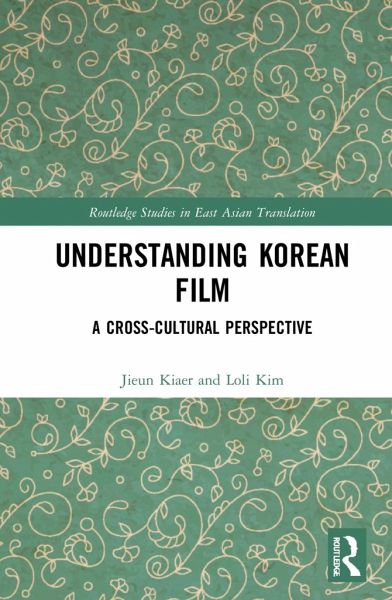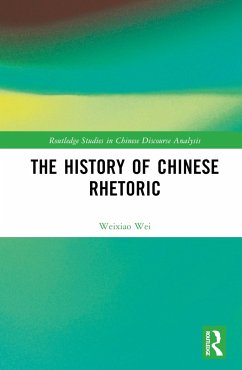
Understanding Korean Film
A Cross-Cultural Perspective
Versandkostenfrei!
Versandfertig in 1-2 Wochen
167,99 €
inkl. MwSt.
Weitere Ausgaben:

PAYBACK Punkte
84 °P sammeln!
Understanding Korean Film: A Cross-Cultural Perspective explains the potential meaning of a selection of common Korean verbal and non-verbal expressions in a range of contexts in South Korean film that are often untranslatable for English-speaking Western viewers.













